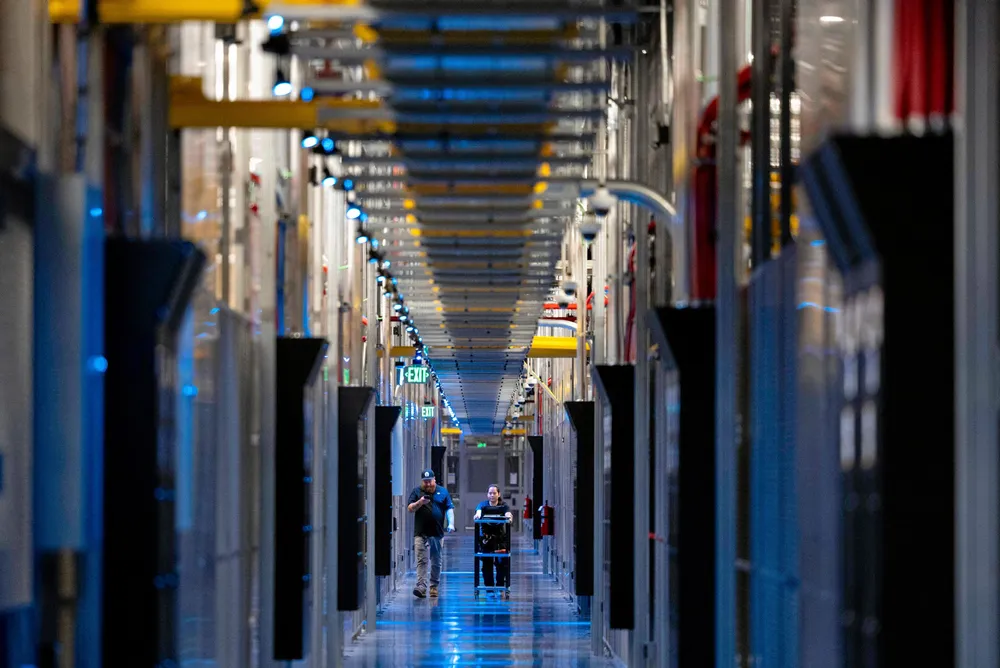Light-speed tech giants 'shocked' by sluggish power sector as US grid creaks under strain
Wood Mackenzie says planning bottlenecks could result in a dirtier grid and higher prices as it calls for an integrated approach

Surging power demand from data centres, reshored manufacturing and electrification of the economy is set to strain capacities of utilities and transmission operators and could lead to higher prices and a dirtier grid, a new report by research consultancy Wood Mackenzie warns.
Driven primarily by sudden surge in data centres and power-hunger artificial intelligence (AI) systems, with the consultancy identifying 51GW of new data centre capacity announced since January 2023 and concedes this is likely only a fraction of actual activity.
All of this will prove a major challenge for utilities to adapt and provide interconnection and new supply, as well as companies with large electricity needs to sustain growth.
“In most industries, demand growth of 2-3% per year would be easily managed and welcomed,” said Chris Seiple, vice chairman of power and renewables with WoodMac. “In the power sector, however, new infrastructure planning takes 5 to 10 years, and the industry is only now starting to plan for growth.
“Moreover, most state public utility commissioners have little experience of regulating in a growth environment. And as technology C-suites realise that energy may be the largest constraint on their growth, they are shocked as businesses that move at light speed learn about the pace at which electric utilities move.”
Data centres are only one of several drivers, with clean energy manufacturing spurred by tax incentives in the Inflation Reduction Act (IRA) and other legislation, with new battery, solar wafers and cells and semiconductor manufacturing “projected to add up to15,000MW of high-load-factor demand over the next few years,” the report noted.
Electric vehicles will also add future demand but like most drivers, the impact will not be distributed evenly throughout the nation.
This new era will put upward pressure on electricity prices and raise valuations for fossil and nuclear assets, WoodMac noted.
“More announcements of deferred coal plant retirements and efforts to reopen previously closed nuclear plants may follow,” said Seiple.
Transmission planning, permitting and construction are the biggest bottlenecks to meeting future demand growth, the report noted.
“It will take an integrated approach from utilities, regulators and policymakers to meet this challenge and buildout needed to protect US national security, boost strategic economic growth and decarbonise the power sector to address climate change,” WoodMac said.
“Alas, the pace at which that order will make its way into actual processes at independent system operators is too slow,” WoodMac said.
A more integrated approach that considers interconnection requests in tandem with large-load growth and state policy objectives is necessary, the consultancy concluded.
(Copyright)